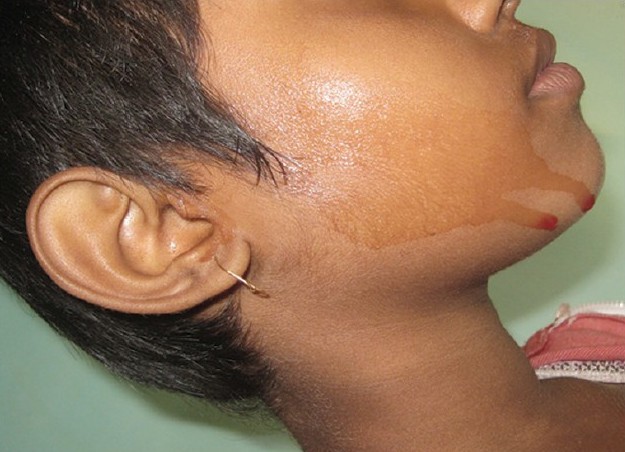- Jun 10,2023
- Posted by: Savion
- Category:

Hemorrhagic sweating is a rare condition characterized by the secretion of sweat tinged with blood.
This condition can cause anxiety and distress for those who experience it, necessitating prompt diagnosis and immediate treatment.
Hemorrhagic sweating occurs due to the accumulation of blood in the sweat glands and blood vessels beneath the skin.
It typically manifests as small veins and red protrusions on the skin that secrete sweat tinged with blood.
The color of the sweat can be light red or dark, and it may be accompanied by itching or pain.
The exact causes of hemorrhagic sweating are not fully understood, but several factors may contribute to its occurrence.
Genetic factors may play a role in the development of the condition, as some individuals may have a familial association with the condition. Additionally, there are suggestions that hemorrhagic sweating may be a result of disorders in the central or peripheral nervous system, although there is limited reliable research supporting this theory.
It is important to diagnose hemorrhagic sweating accurately to rule out other causes of blood-stained sweating.
The diagnosis may require consultation with a dermatologist or an internist, and additional tests such as microscopic examination of the blood-stained sweat sample and laboratory blood tests may be necessary.
While there is no specific cure for hemorrhagic sweating, there are steps that can be taken to manage the symptoms. Patients are advised to avoid triggers that lead to excessive sweating, such as extreme heat and humidity, and to wear loose cotton clothing to allow the skin to breathe. Doctors may occasionally recommend the use of anti-itch creams or soothing moisturizers to alleviate itching and dryness.
In rare cases, severe hemorrhagic sweating may require intensive medical treatment.
Random topical therapies such as topical corticosteroids or systemic treatments such as sweat-inhibiting medications may be used, but their effectiveness is uncertain.
Overall, individuals with hemorrhagic sweating should seek medical advice and maintain regular follow-up with their healthcare providers.
Joining support groups or online communities to exchange experiences and information with others who have the same condition may be beneficial.
Ultimately, individuals affected by hemorrhagic sweating should understand that it is a rare condition and does not pose a direct threat to life. It is manageable and can be appropriately dealt with through proper medical care.

